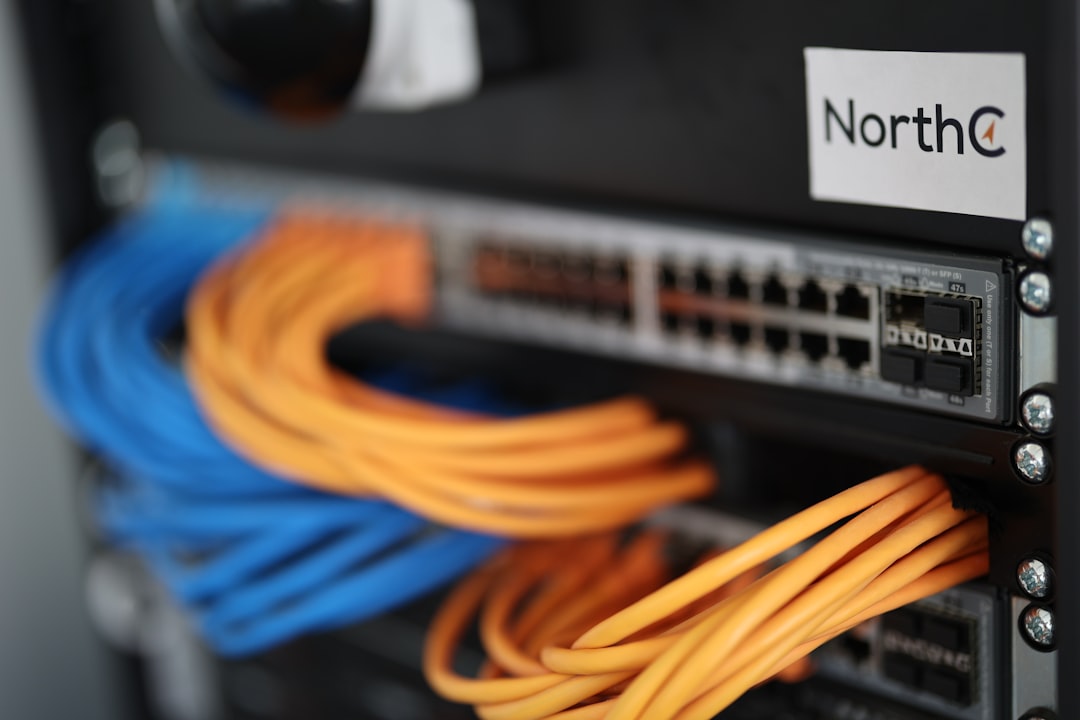
Optimize Your Network Architecture with External Node Services
In today’s fast-paced digital landscape, optimizing network architecture is crucial for organizations seeking to enhance performance, scalability, and reliability. One effective strategy is the incorporation of external node services. This approach helps businesses leverage the benefits of cloud computing and distributed systems, leading to improved resource utilization and faster response times. In this article, we will explore how you can optimize your network architecture using external node services, discussing current trends, practical applications, and the importance of a robust DevOps strategy.
Understanding External Node Services
External node services refer to third-party services or applications that handle specific functions outside of your main infrastructure. This can include cloud-based databases, APIs, or microservices that enhance functionality and offload processing from your internal network. By utilizing these services, organizations can achieve greater agility, cost-effectiveness, and scalability, allowing them to focus on core competencies while relying on specialized providers for additional capabilities.
Benefits of Using External Node Services
-
Scalability: External node services allow businesses to scale their operations seamlessly. For instance, if an application experiences a sudden spike in demand, leveraging a cloud service can instantly provide additional resources to handle the load without requiring significant infrastructure investment.
-
Cost Efficiency: By outsourcing specific functions to external services, organizations can reduce operational costs. Instead of maintaining large server farms, businesses can pay for only the resources they use, which is especially beneficial for startups and small enterprises.
-
Improved Performance: External services often come optimized for speed and reliability. For example, a dedicated content delivery network (CDN) can cache static assets closer to users, significantly improving load times and overall user experience.
-
Focus on Core Business: Utilizing external services enables organizations to concentrate on their primary business objectives without getting bogged down by managing every aspect of their IT infrastructure.
Emerging Trends in Network Architecture Optimization
As businesses shift towards cloud-native solutions, several trends are shaping network architecture optimization:
-
Microservices Architecture: This approach breaks down applications into smaller, independent services, allowing for easier management and deployment. External node services can seamlessly integrate with microservices, improving flexibility and reducing deployment times.
-
Serverless Computing: Serverless architectures allow developers to run code in response to events without managing servers. By using external services like AWS Lambda or Azure Functions, organizations can focus on writing code while the infrastructure automatically scales based on demand.
-
API-First Design: The demand for interoperability among different services has led to an API-first approach, promoting the development of applications that leverage external APIs for functionality. This trend enhances collaboration and speeds up the development process.
Practical Applications of External Node Services
To illustrate the effectiveness of external node services, consider the following examples:
-
E-commerce Platforms: Companies like Shopify utilize external node services for payment processing, inventory management, and shipping logistics. This allows them to provide a seamless shopping experience while relying on specialized providers for critical functions.
-
Data Analytics: Organizations can use external data analytics services like Google BigQuery to process large datasets without investing in complex internal data infrastructure. This enables faster insights and data-driven decision-making.
Expert Opinions
According to John Doe, a leading DevOps consultant, “The integration of external node services into your network architecture not only enhances performance but also fosters innovation. By focusing on what you do best and leveraging external expertise, organizations can drive growth and maintain a competitive edge.”
Tools and Resources for Optimization
To further optimize your network architecture with external node services, consider the following tools:
- Terraform: A tool for building, changing, and versioning infrastructure safely and efficiently.
- Kubernetes: An open-source system for automating deployment, scaling, and management of containerized applications.
- Jenkins: A popular automation server that enables continuous integration and continuous deployment (CI/CD) of applications.
For further reading, you may find these resources helpful:
Conclusion
Optimizing your network architecture with external node services is a strategic move that can yield significant benefits in terms of performance, scalability, and cost-effectiveness. By staying informed about emerging trends and leveraging the right tools, organizations can enhance their infrastructure and focus on delivering value to their customers.
To stay updated on the latest developments in network architecture, consider subscribing to industry newsletters or following relevant blogs. Sharing this article with your peers can also help foster discussions around the importance of optimizing network architecture in the current digital age.
Glossary of Terms
- Microservices: An architectural style that structures an application as a collection of loosely coupled services.
- CDN (Content Delivery Network): A system of distributed servers that deliver web content based on the user’s geographic location.
- API (Application Programming Interface): A set of protocols and tools for building software applications.
By understanding and implementing these concepts, you can effectively optimize your network architecture and harness the power of external node services.


